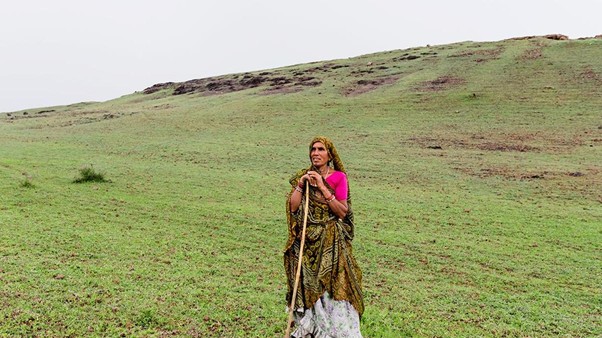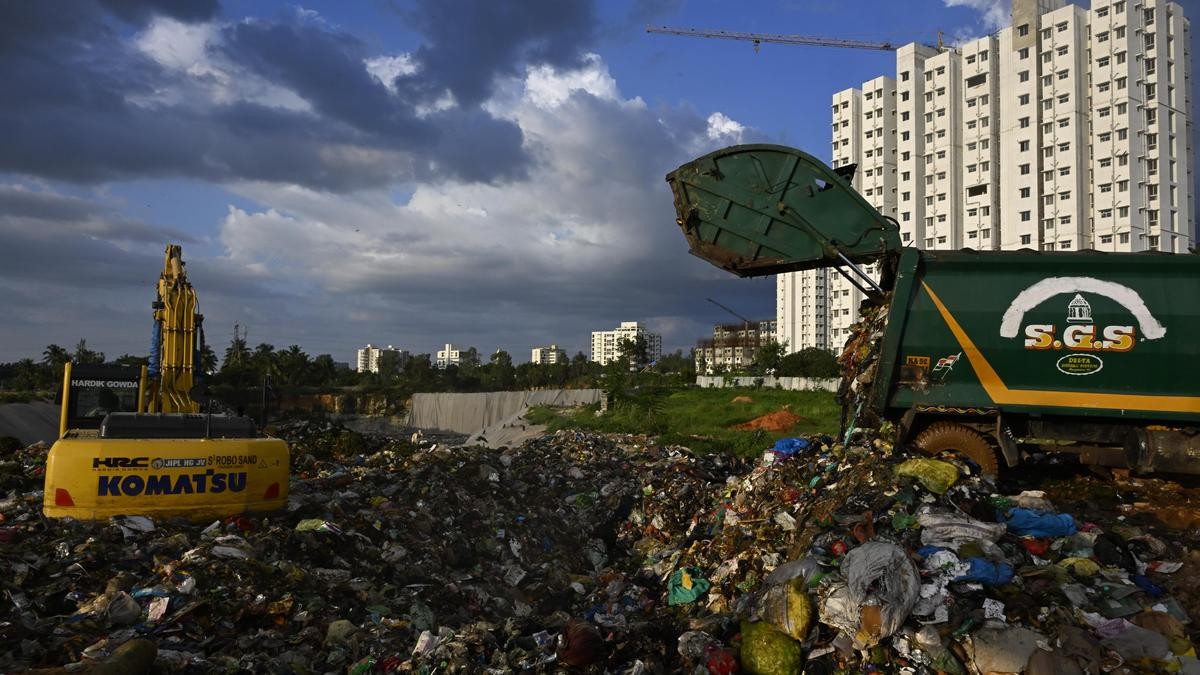




Source: TIMESOFINDIA
Disclaimer: Copyright infringement not intended.
The Critical Tiger Habitat of Sariska Tiger Reserve in Rajasthan is likely to expand by approximately 4,500 hectares.
This expansion follows a rationalisation exercise mandated by the Supreme Court of India's Central Empowered Committee.
|
Feature |
Details |
|
Definition |
Core areas within tiger reserves, identified scientifically under Wild Life Protection Act 1972 meant to be kept inviolate for tiger conservation. |
|
Legal Basis |
Section 38V of the Wild Life (Protection) Act, 1972 (amended in 2006). |
|
Purpose |
Ensure undisturbed habitat essential for the survival and growth of wild tiger populations. |
|
Rights of Forest Dwellers |
Cannot be affected without recognition and settlement under the Forest Rights Act, 2006. |
|
Inviolate Status |
Human activities like grazing, tourism, resource extraction are restricted or removed. |
|
Process of Declaration |
State Government notifies CTH. Expert Committee constituted. In consultation with the Tiger Conservation Authority and Centre. |
|
Relation with Buffer Zone |
Areas surrounding CTH are declared as Buffer Zones where regulated human activities are allowed to reduce pressure on CTH. |
Important Points to Remember
Inviolate areas are crucial for tiger breeding and minimizing human-wildlife conflict.
Only scientific evidence can determine CTH boundaries.
Resettlement of people (if any) must be voluntary with adequate compensation and alternative livelihood support.
Buffer Zones help absorb socio-economic pressures and create a transition space for tigers moving outside core zones.
|
Feature |
Details |
|
Established |
2002 (reconstituted in 2008) by the Supreme Court of India. |
|
Purpose |
Act as a watchdog to monitor environmental violations and ensure compliance with court orders. |
|
Recent Change |
In 2023, Supreme Court transferred CEC to the Ministry of Environment, Forest and Climate Change (MoEFCC) to make it a statutory permanent body. |
|
Composition (New Structure) |
Chairman: 25+ years in environment/forests/admin, tenure of 3 years, max age 66 years. Member Secretary: Senior serving officer with 12+ years in environment/forests/wildlife. Three Experts: One each from environment, forests, and wildlife (20+ years experience). |
|
Notable Change |
NGOs are now excluded from the CEC's composition. Earlier they played a significant role. |
|
Feature |
Details |
|
Location |
Alwar district, Rajasthan |
|
Tiger Reserve Status |
Declared in 1978 under Project Tiger |
|
Unique Feature |
First tiger reserve where tigers were reintroduced after local extinction (2004–2008) |
Sources: TIMESOFINDIA
|
PRACTICE QUESTION Q. Which of the following statements regarding Critical Tiger Habitat (CTH) is/are correct?
Select the correct answer using the code below: (a) 2 only (b) 2 and 3 only (c) 1 and 2 only (d) 1, 2 and 3 Answer: (b) Explanation: Statement 1 is incorrect. State Government notifies CTH after consultation with an expert committee and approval of the Central Government (not directly by the Centre). Statement 2 is correct. CTH must be kept inviolate for tiger conservation. Statement 3 is correct. Rights of Scheduled Tribes and other forest dwellers must be recognised and settled before the final notification of CTH under the Forest Rights Act, 2006. |







© 2025 iasgyan. All right reserved